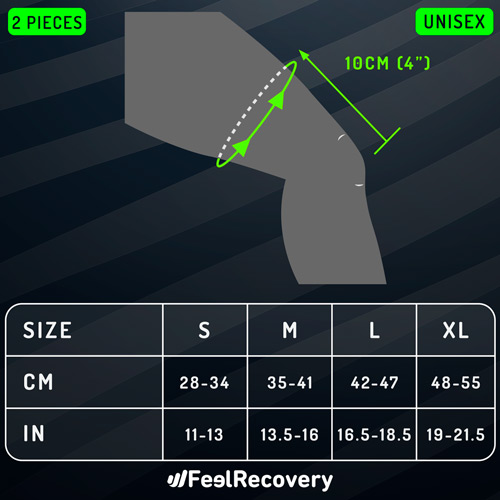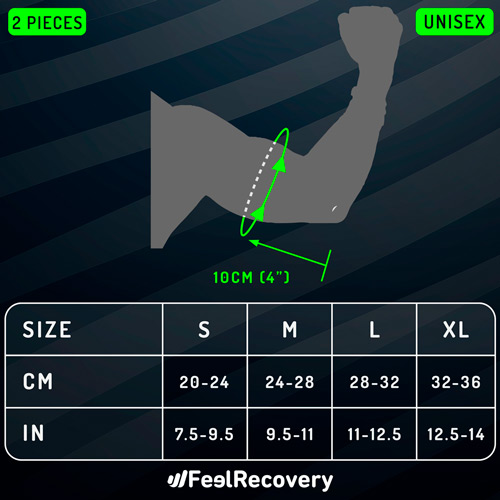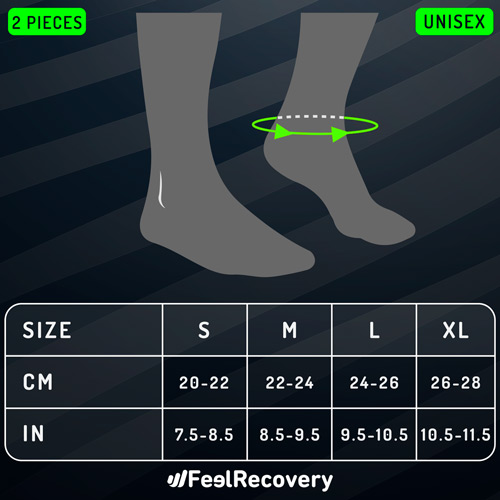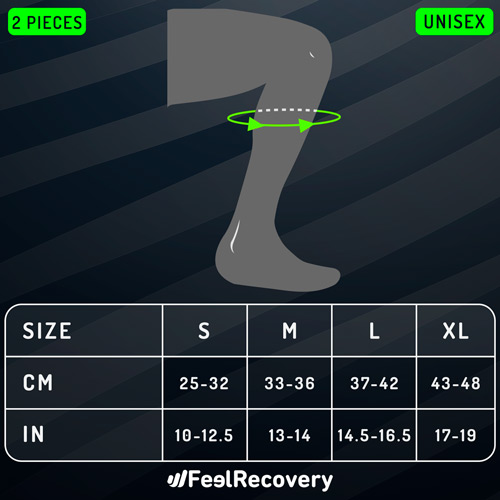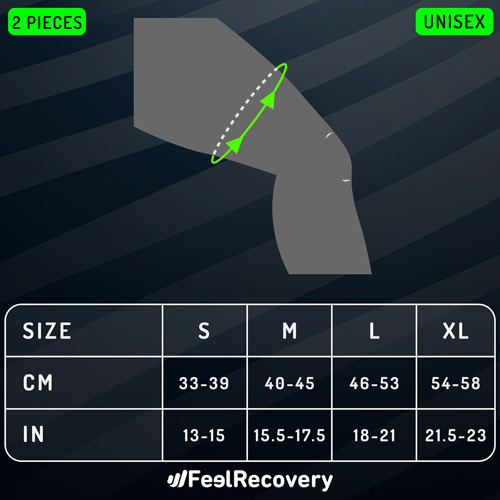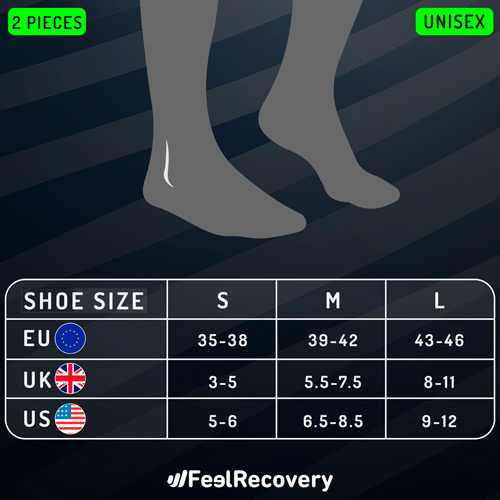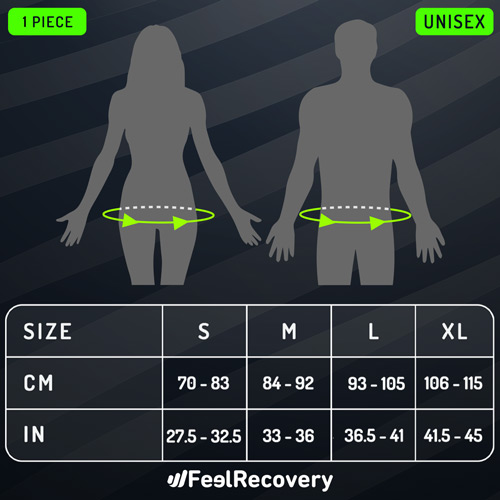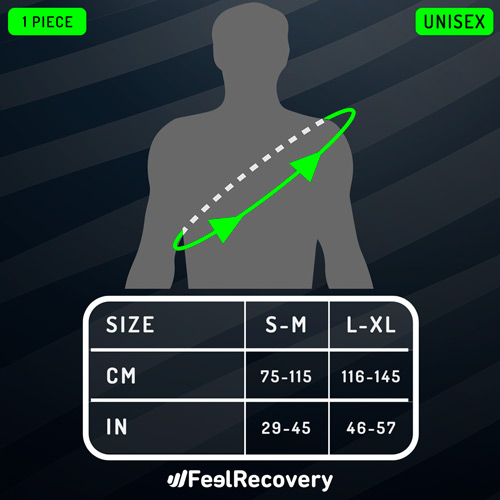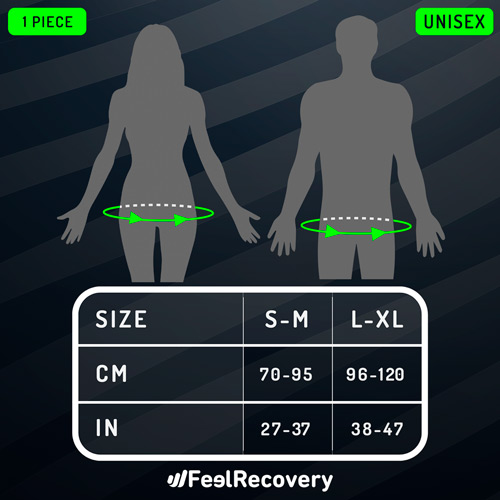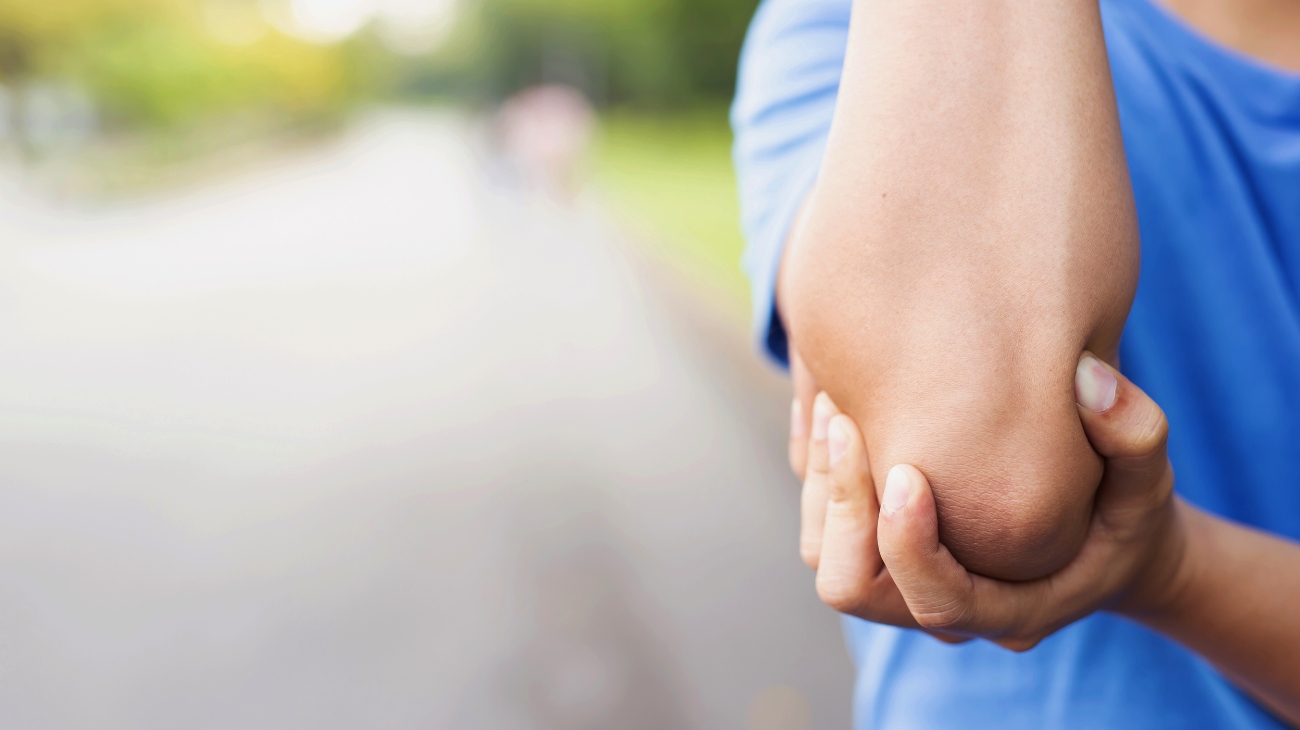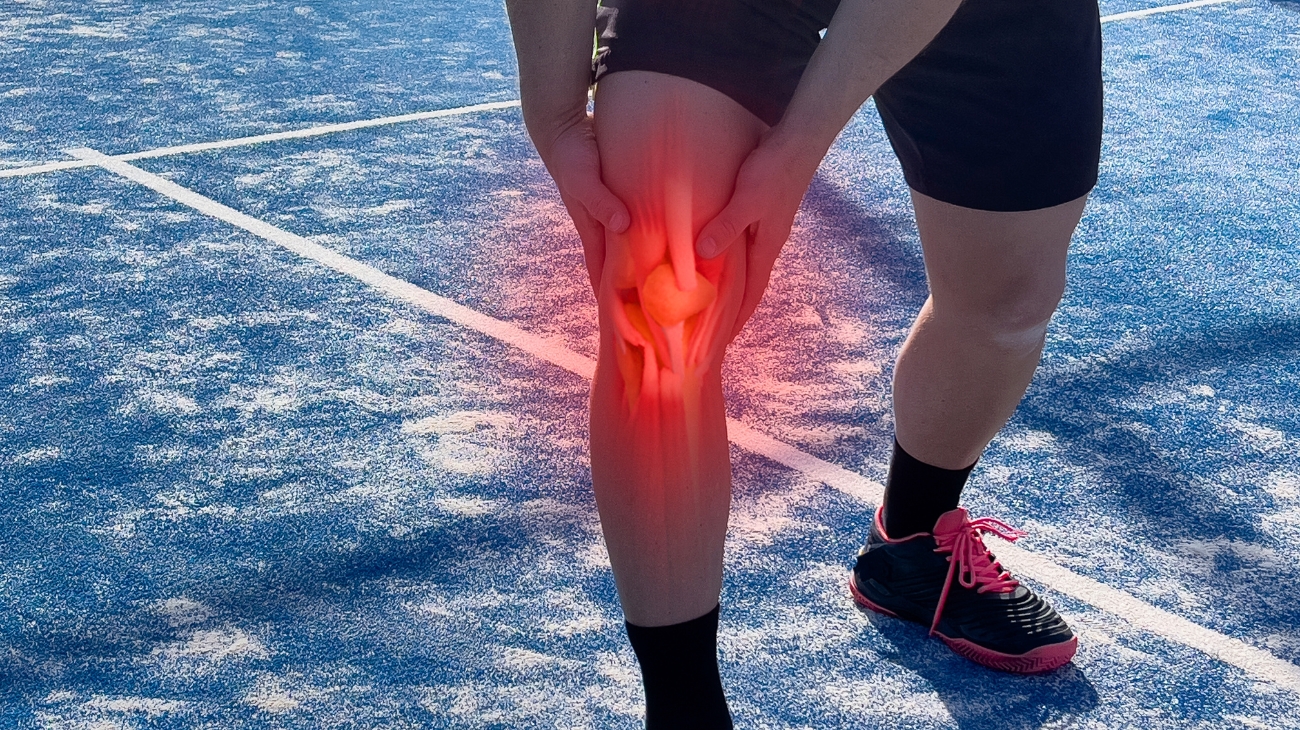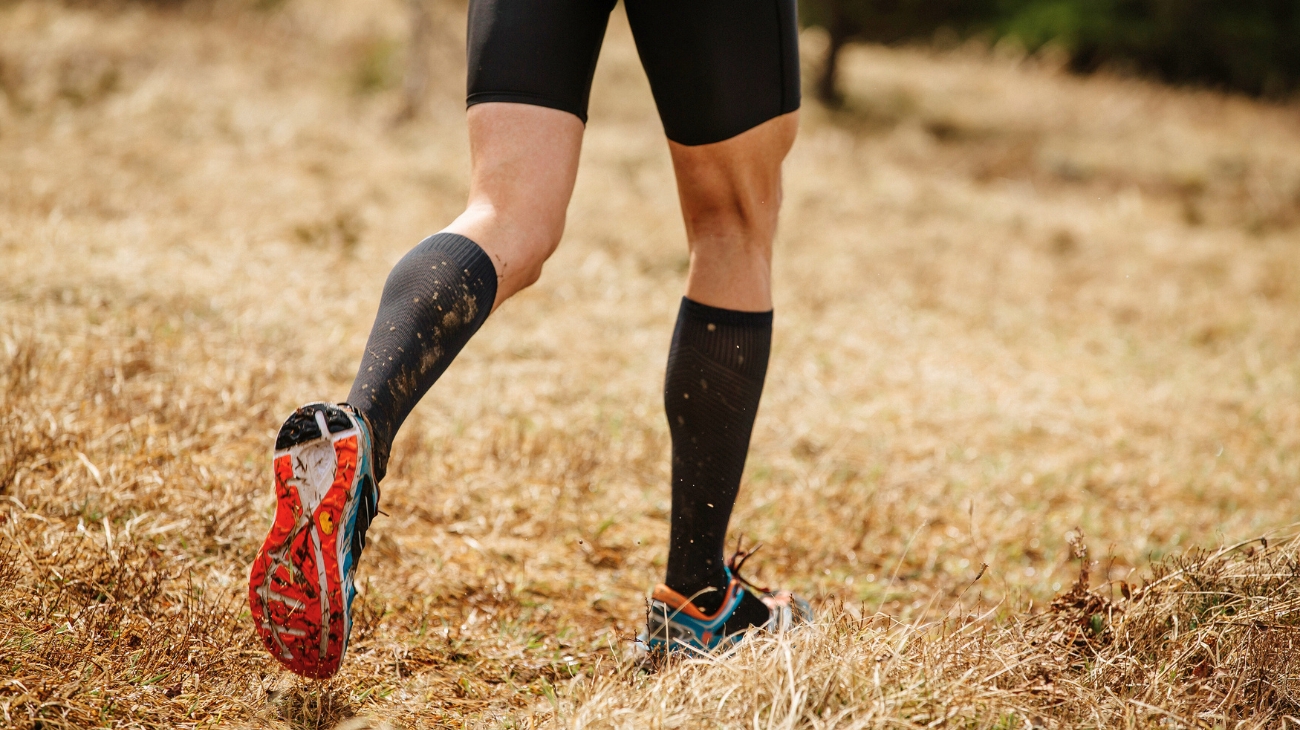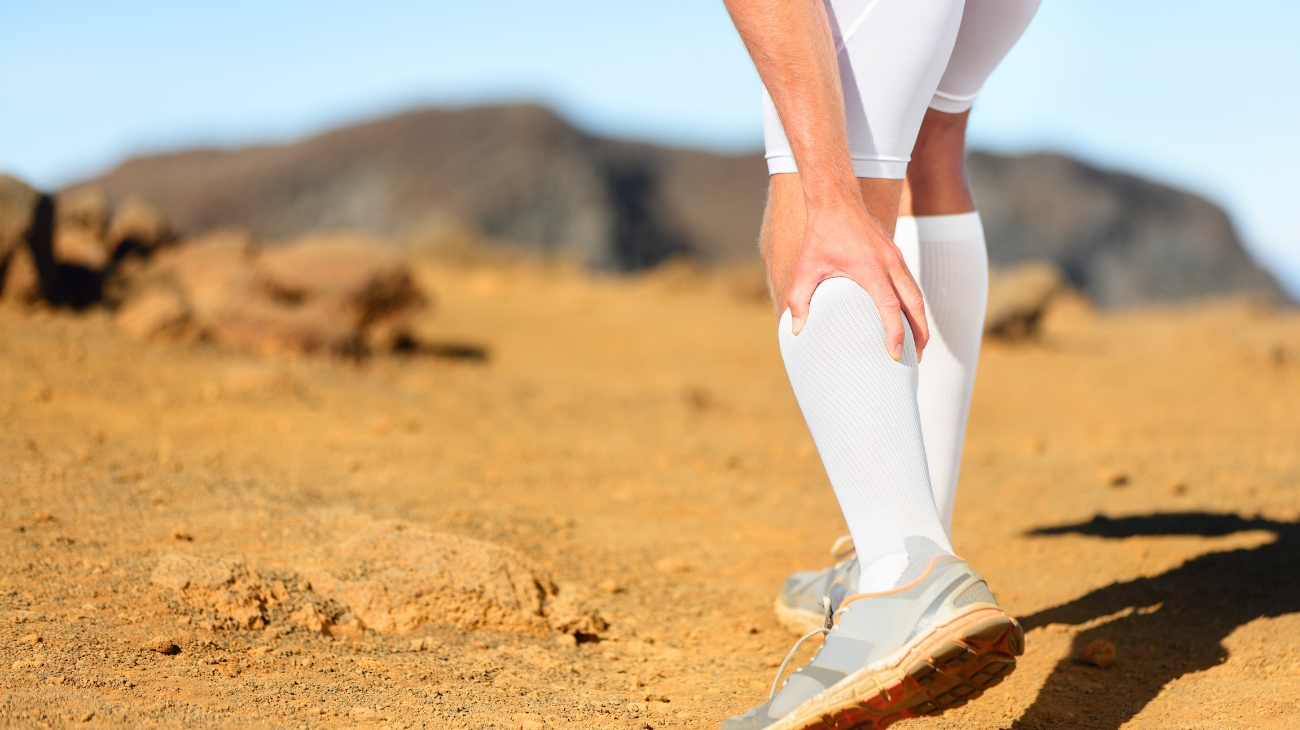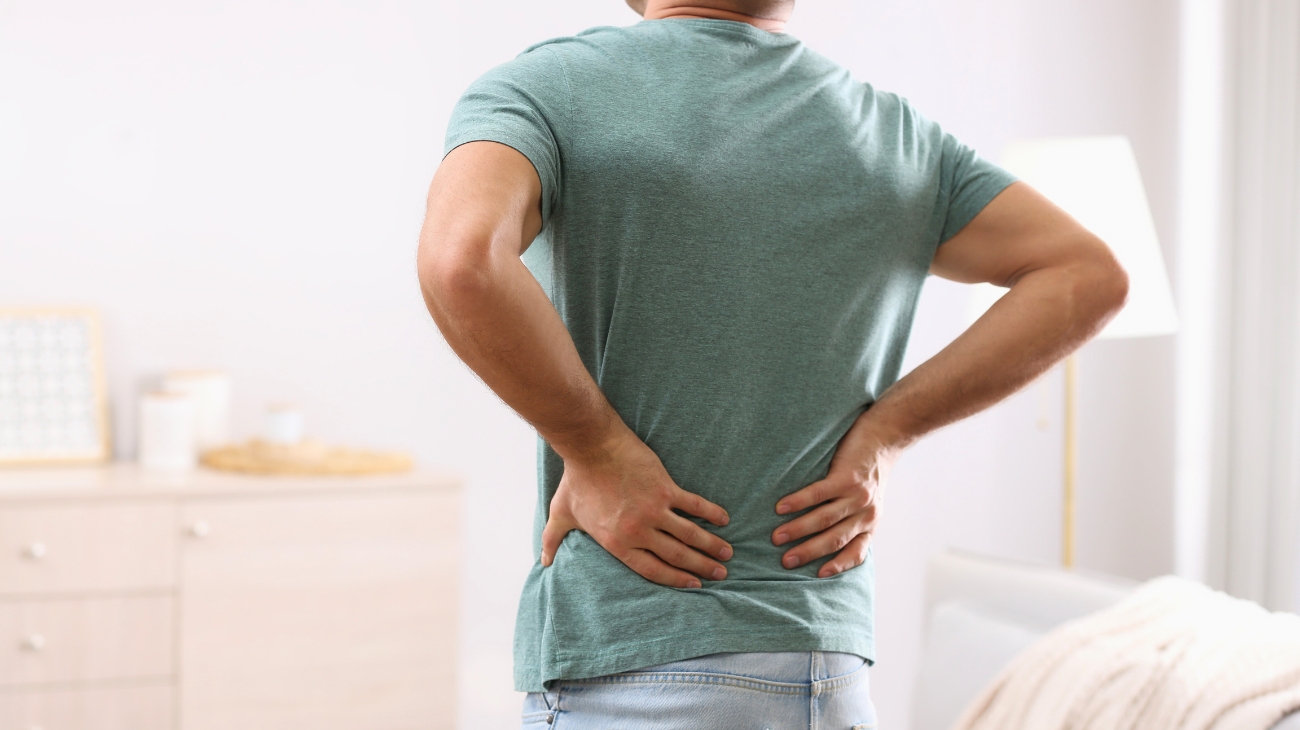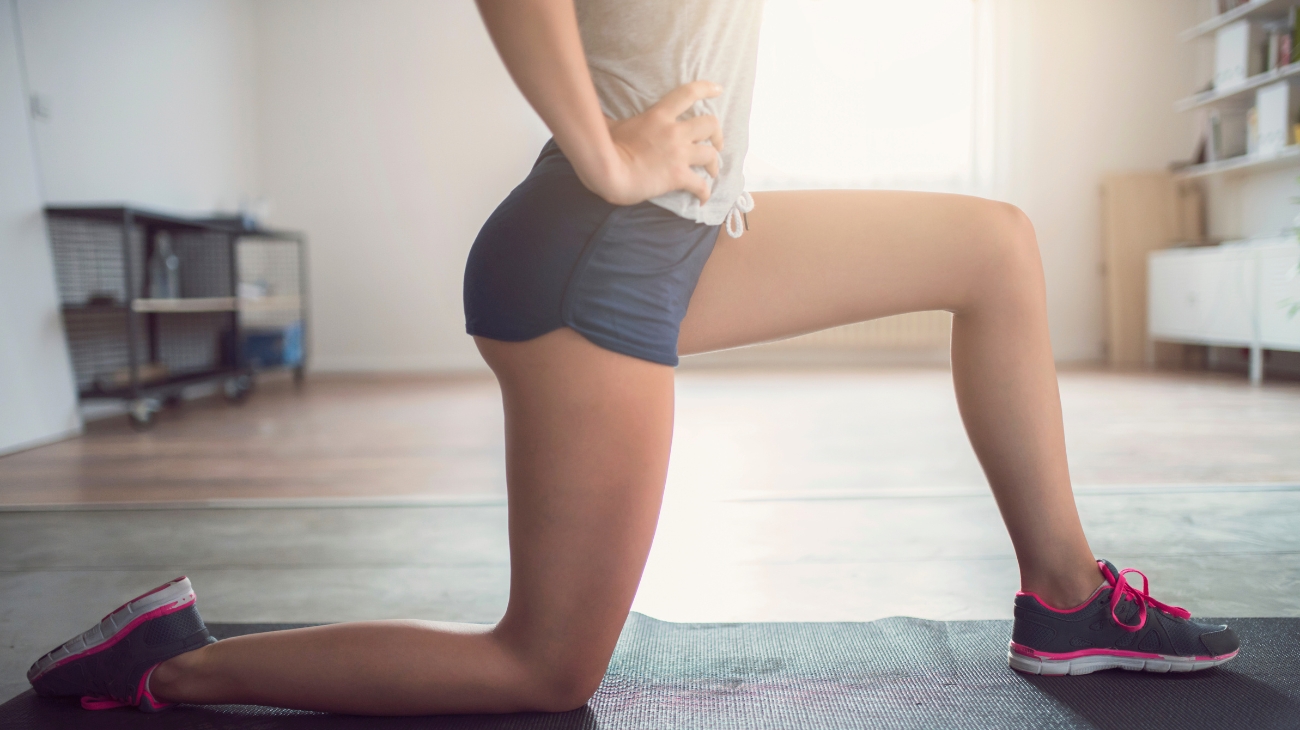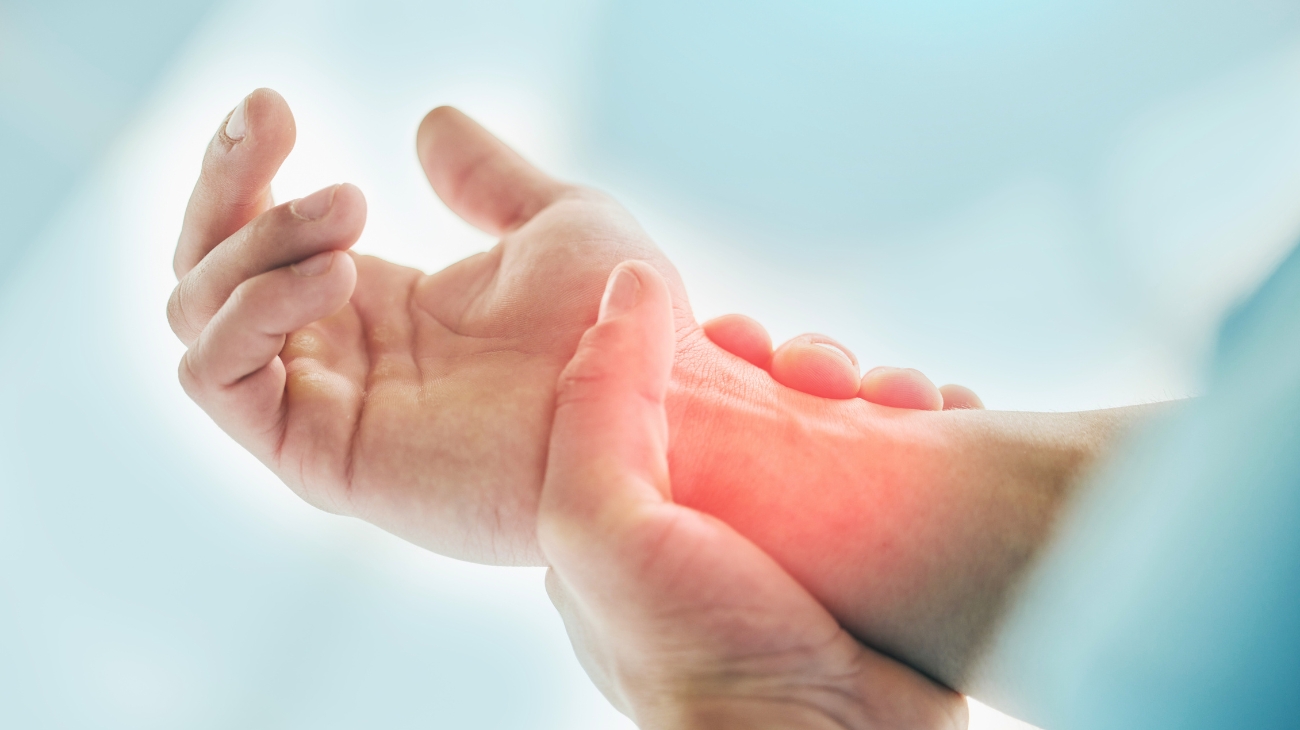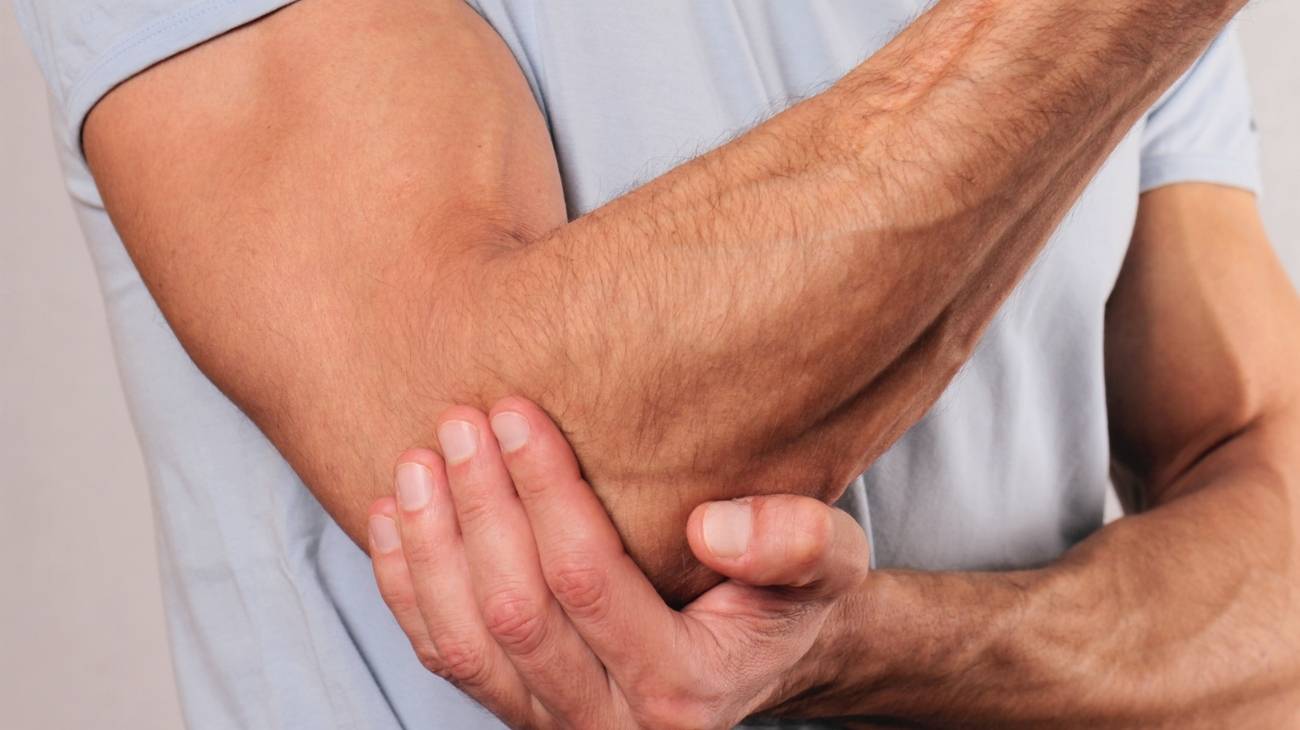Sometimes, choosing the perfect size when we decide to buy a compression garment is not an easy task, since this type of garment requires a perfect compression in the area of the body that we are going to use, that is why we have decided to create this guide to know how to measure your size.
Whether you have purchased a knee brace, ankle brace, elbow brace, compression socks or back support, do not worry, here you will learn how to measure your size and that the garment is with a perfect fit and can act properly compression therapy.
Size chart
Below we list all measurements and sizing charts for all compression garments products for both men and women:
Knee compression sleeve
Bestseller
| SIZE | S | M | L | XL |
|---|---|---|---|---|
| CM | 28-34 | 35-41 | 42-47 | 48-55 |
| IN | 11-13 | 13.5-16 | 16.5-18.5 | 19-21.5 |
| WHERE TO MEASURE? | ||||
| Measure the circumference of the thigh, 4 inch/10 cm up from the center of the kneecap (*View image) *Note: If after measuring you are between two sizes, choose the larger size |
||||
Elbow compression sleeve
Bestseller
| SIZE | S | M | L | XL |
|---|---|---|---|---|
| CM | 20-24 | 24-28 | 28-32 | 32-36 |
| IN | 7.5-9.5 | 9.5-11 | 11-12.5 | 12.5-14 |
| WHERE TO MEASURE? | ||||
| Measure arm circumference just 4 inch/10 cm above the elbow joint (*View image) *Note: If after measuring you are between two sizes, choose the larger size |
||||
Ankle compression sleeve
Bestseller
| SIZE | S | M | L | XL |
|---|---|---|---|---|
| CM | 20-22 | 22-24 | 24-26 | 26-28 |
| IN | 7.5-8.5 | 8.5-9.5 | 9.5-10.5 | 10.5-11.5 |
| WHERE TO MEASURE? | ||||
| The circumference is measured right at the ankle bone (*See image) *Note: If after measuring you are between two sizes, choose the larger size |
||||
Calf compression sleeve
Bestseller
| SIZE | S | M | L | XL |
|---|---|---|---|---|
| CM | 25-32 | 33-36 | 37-42 | 43-48 |
| IN | 10-12.5 | 13-14 | 14.5-16.5 | 17-19 |
| WHERE TO MEASURE? | ||||
| The circumference of the widest part of the calf is measured (*See image) *Note: If after measuring you are between two sizes, choose the larger size |
||||
Thigh compression sleeve
Bestseller
| SIZE | S | M | L | XL |
|---|---|---|---|---|
| CM | 33-39 | 40-45 | 46-53 | 54-58 |
| IN | 13-15 | 15.5-17.5 | 18-21 | 21.5-23 |
| WHERE TO MEASURE? | ||||
| The circumference of the thigh is measured right in the middle of the thigh (*See image) *Note: If after measuring you are between two sizes, choose the larger size |
||||
Sport Compression Socks
Bestseller
| SHOE SIZE | S | M | L |
|---|---|---|---|
| EU | 35-38 | 39-42 | 43-46 |
| UK | 3-5 | 5.5-7.5 | 8-11 |
| US | 5-6 | 6.5-8.5 | 9-12 |
| WHERE IS IT MEASURED? | |||
| The size corresponds to your shoe size (*See image) *Note: If after measuring you are between two sizes, choose the larger size |
|||
Back support belt
Bestseller
| SIZE | S | M | L | XL |
|---|---|---|---|---|
| CM | 70-83 | 84-92 | 93-105 | 106-115 |
| IN | 27.5-32.5 | 33-36 | 36.5-41 | 41.5-45 |
| WHERE TO MEASURE? | ||||
| The circumference of the widest area is measured: (*See image) Men: Waist Women: Hips *Note: If after measuring you are between two sizes, choose the larger size |
||||
Shoulder Support Brace
Bestseller
| SIZE | S/M | L/XL |
|---|---|---|
| CM | 75-115 | 116-145 |
| IN | 29-45 | 46-57 |
| WHERE IS IT MEASURED? | ||
| The circumference of the widest area is measured: (*See image) *Note: If after measuring you are between two sizes, choose the larger size |
||
Sacroiliac Support Belt
Bestseller
| SIZE | S/M | L/XL |
|---|---|---|
| CM | 70-95 | 96-120 |
| IN | 27-37 | 38-47 |
| WHERE IS IT MEASURED? | ||
| The circumference of the widest area is measured: (*See image) *Note: If after measuring you are between two sizes, choose the larger size |
||
What if I am between 2 sizes?
Sometimes we find that we have doubts between two sizes, here we advise you to take into account whether you want more or less compression in the area to be treated. If you want more compression, choose a smaller size, on the contrary, if you want less compression, you can choose a larger size.
It should be noted that when we have an injury or we are going to do any sport, the body area tends to swell, which is why at first it may be that when we try on the garment, it is not too tight but when we start to play sports, the garment does its job. However, the garment must be well adjusted to the body so that the compression therapy does its job.
What are the most common compression levels?
There are several types of compression levels available for compression garments, but the four standard levels are:
- Light: 8-15 mmHg
- Mild: 15-20 mmHg
- Medium: 20-30 mmHg (medical grade Class I)
- Strong: 30-40 mmHg (medical grade class II)
Light Compression (8-15 mmHg)
Compression between 8-15 mmHg and are commonly used for tired, heavy and achy legs. They are typically used by healthy users who sit or stand for prolonged periods, and are available from national pharmacies as over-the-counter purchases.
Mild Compression (15-20 mmHg)
Compression garments with a compression of between 15-20 mmHg provide relief for mild leg and foot swelling, minor varicose veins, and tired or aching legs. 15-20 mmHg is the most commonly used compression level for travel, pregnancy, swelling, aches and pains.
Medium Compression (20-30 mmHg)
Compression garments provide support for moderate swelling, moderate discomfort, moderate varicose veins and spider veins, support and recovery for athletic performance for both strength and endurance sports. Compression of 20-30 mmHg requires a prescription (in most countries) and is most commonly used for long distance travel, moderate edema, lymphedema, post-operative recovery and moderate varicose veins.
Perfect compression
The ideal for sports compression is between 15-25 mmHg, meaning that the amount of compression does not fall below 15 mmHg or exceed 25 mmHg. We refer to this range as the "compression sweet spot" as it provides all the benefits of mild to medium compression. All of our products have a medium compression of 20 mmHg which makes them perfect for sports, injury prevention and pain relief.







